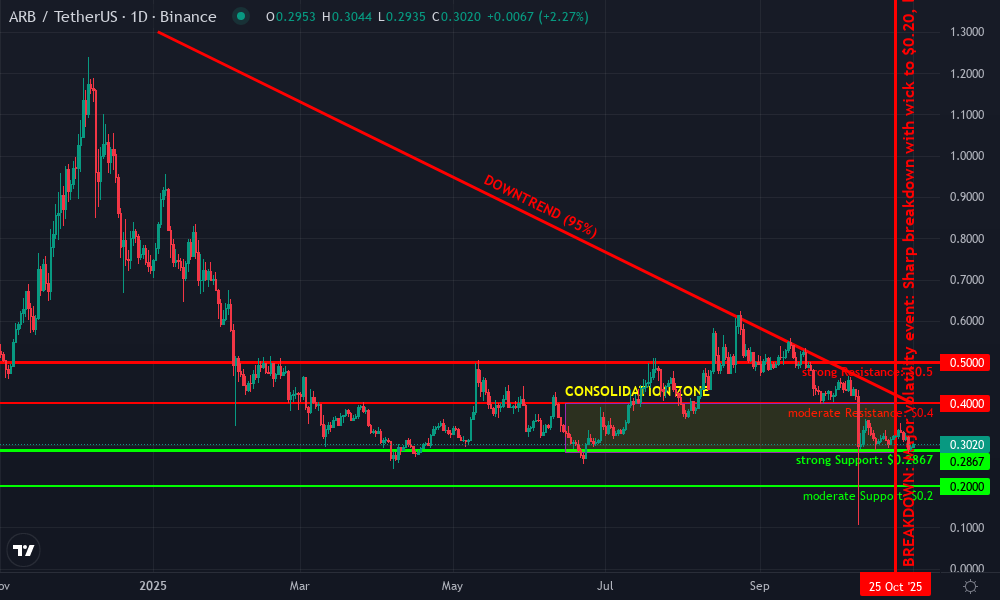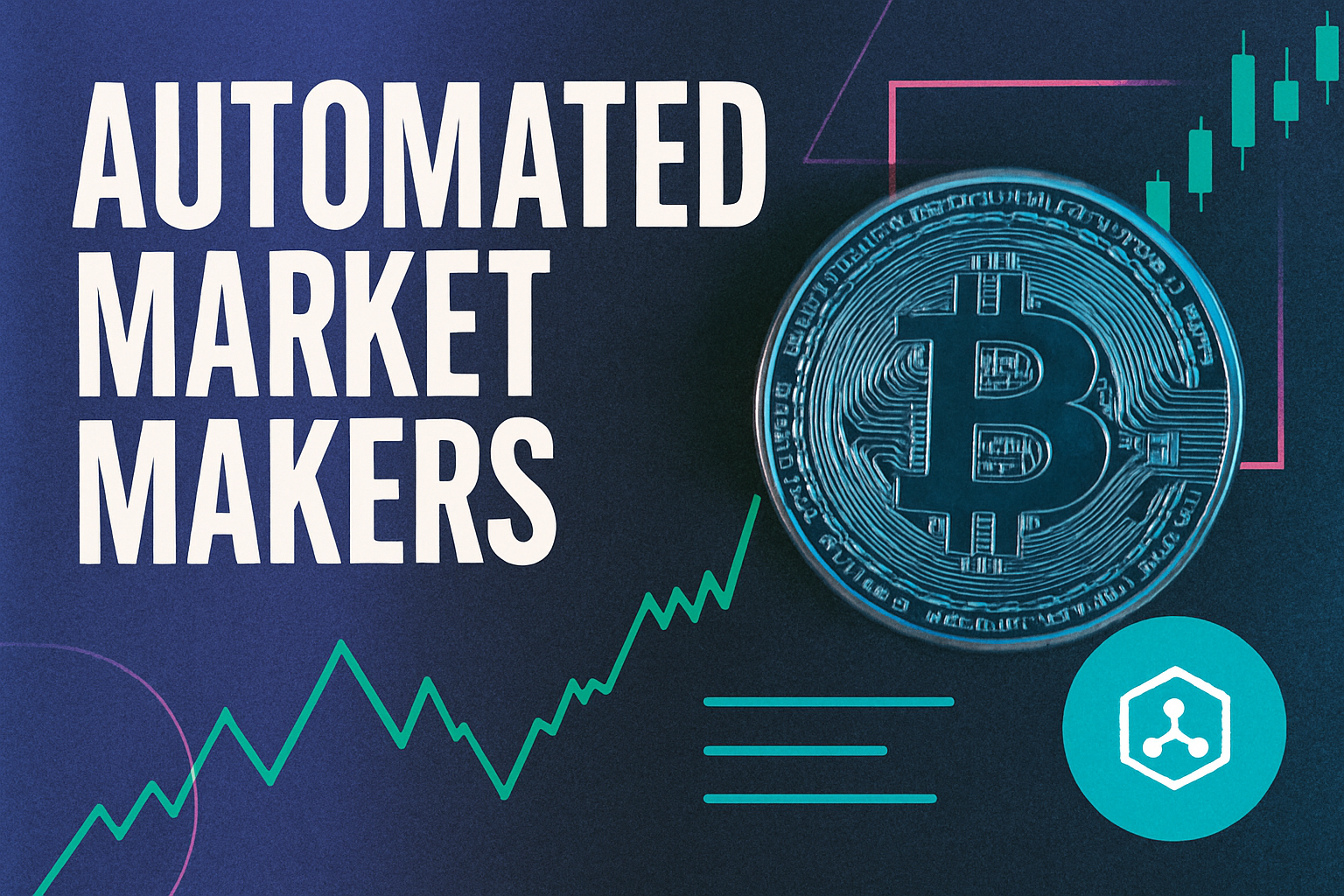
In the rapidly evolving world of decentralized finance, Arbitrum’s express lane auction: officially known as Timeboost, has become a focal point for protocols and researchers seeking to address the persistent challenges posed by Maximal Extractable Value (MEV). As DeFi volumes and complexity surge, the need for fairer, more transparent MEV redistribution strategies has never been more pressing. Arbitrum’s latest mechanism is at the heart of this debate, offering a novel approach that is already reshaping how transaction priority and MEV profits are allocated on leading L2 networks.
How Arbitrum’s Timeboost Express Lane Auction Works
The core innovation behind Timeboost lies in its sealed-bid, second-price auction system. Every 60 seconds, participants submit confidential bids for exclusive access to an “express lane”: a special sequencing privilege that allows their transaction to bypass the standard 200-millisecond delay imposed on regular transactions. The highest bidder wins immediate sequencing, but crucially pays only the amount of the second-highest bid. This structure is designed to internalize MEV revenue and curb latency-driven races, shifting competition from off-chain speed advantages to on-chain economic incentives.
Unlike traditional models where miners or validators capture most MEV profits, Timeboost channels the proceeds from these auctions directly into the Arbitrum DAO treasury. This redistribution model aims to benefit the broader ecosystem rather than just a handful of sophisticated actors. Notably, early data following Timeboost’s April 2025 launch revealed robust adoption: during peak demand periods, every express lane auction was utilized, a clear sign of market appetite for deterministic priority access.
Market Data: ARB Price Context and Auction Utilization
As of November 2025, Arbitrum (ARB) trades at $0.3012, reflecting a modest 24-hour gain ( and $0.007780 or and 0.0265%). This price action underscores sustained user engagement with both DeFi protocols and innovative transaction ordering mechanisms like Timeboost. The express lane’s popularity, 100% utilization during network congestion, highlights how participants value certainty in transaction settlement when competing for lucrative MEV opportunities.
Arbitrum Technical Analysis Chart
Analysis by Adrian Clarke | Symbol: BINANCE:ARBUSDT | Interval: 1D | Drawings: 7
Technical Analysis Summary
Given Arbitrum’s persistent downtrend throughout 2025, I recommend drawing a primary descending trend line from the January high (around $1.30) to the most recent swing highs for visualizing trend resistance. Mark horizontal support at $0.2867 (recent low) and $0.20 (flash-crash wick support), and resistance at $0.40 and $0.50. Use rectangles to highlight the extended consolidation between $0.28 and $0.40 from mid-June to late October. Place a vertical line and callout around the sharp selloff in late October to annotate the increased volatility event. Text annotations should note the context of Timeboost-related centralization and its possible market impact.
Risk Assessment: high
Analysis: The technical structure remains bearish, with recent support barely holding and a major volatility event in late October. Timeboost centralization and ecosystem headwinds increase systemic fragility. Only tactical, tightly risk-managed trades are justified.
Adrian Clarke’s Recommendation: Avoid large directional exposure. Favor defined-risk, hedged strategies or remain sidelined until sustained accumulation or reclaim of $0.40 is observed. Monitor MEV/DAO developments for structural shifts.
Key Support & Resistance Levels
📈 Support Levels:
-
$0.287 – Recent daily low, tested multiple times during late October and early November.
strong -
$0.2 – Flash-crash wick support from late October 2025; psychological level.
moderate
📉 Resistance Levels:
-
$0.4 – Previous support flipped to resistance, capping rallies since September.
moderate -
$0.5 – Major resistance from multiple failed breakouts between July and September.
strong
Trading Zones (low risk tolerance)
🎯 Entry Zones:
-
$0.29 – Potential low-risk, mean-reversion entry at multi-tested support, only for tactical plays with tight stops.
high risk
🚪 Exit Zones:
-
$0.27 – Stop-loss if support at $0.2867 fails; signals further downside.
🛡️ stop loss -
$0.4 – Take-profit at first major resistance above consolidation.
💰 profit target
Technical Indicators Analysis
📊 Volume Analysis:
Pattern: Not visible in chart snapshot, but recent volatility spike likely accompanied by above-average volume. Annotate with callout if confirmed.
Volume likely surged during the sharp October selloff; key to confirming exhaustion or continuation.
📈 MACD Analysis:
Signal: Not visible in chart snapshot, but likely bearish given persistent downtrend and lack of sustained rallies.
MACD likely remains below signal line with no positive divergence, supporting continued caution.
Applied TradingView Drawing Utilities
This chart analysis utilizes the following professional drawing tools:
Disclaimer: This technical analysis by Adrian Clarke is for educational purposes only and should not be considered as financial advice.
Trading involves risk, and you should always do your own research before making investment decisions.
Past performance does not guarantee future results. The analysis reflects the author’s personal methodology and risk tolerance (low).
The sealed-bid auction format also brings new transparency to DeFi transaction priority auctions. By removing off-chain latency as a primary edge and replacing it with open bidding, Arbitrum sets a new benchmark for blockchain MEV sharing frameworks. For developers and traders alike, this shift offers clearer risk management parameters and predictable costs when pursuing time-sensitive strategies such as arbitrage or liquidations.
Arbitrum (ARB) Price Prediction Table: 2026-2031
Forecasting ARB price scenarios based on continued Timeboost auction adoption and evolving DeFi/MEV landscape.
| Year | Minimum Price | Average Price | Maximum Price | Year-over-Year Change (Avg) | Market Scenario Insights |
|---|---|---|---|---|---|
| 2026 | $0.22 | $0.34 | $0.49 | +13% | Cautious recovery; Timeboost refinements underway, but centralization and declining DAO revenue limit optimism. |
| 2027 | $0.19 | $0.31 | $0.61 | -9% | Bearish pressure from competition (other L2s, new MEV solutions); regulatory headwinds persist. |
| 2028 | $0.18 | $0.36 | $0.80 | +16% | Potential turnaround as Arbitrum upgrades auction system, improves decentralization, and ecosystem partnerships grow. |
| 2029 | $0.21 | $0.44 | $1.05 | +22% | Bullish momentum if DeFi usage surges and MEV redistribution gains traction; wider adoption of express lane auctions. |
| 2030 | $0.26 | $0.57 | $1.34 | +30% | Sustained growth scenario: robust DAO treasury, improved tech, and possible new use cases drive value. |
| 2031 | $0.33 | $0.74 | $1.66 | +30% | Mature phase: Arbitrum cements position as leading L2; regulatory clarity, high DeFi TVL, and MEV innovation support premium valuations. |
Price Prediction Summary
Arbitrum (ARB) price predictions for 2026-2031 reflect a cautious start due to challenges with Timeboost’s centralization and auction competition, but with potential for significant upside if technical and governance improvements are realized. The average price is projected to gradually rise from $0.34 in 2026 to $0.74 in 2031, with min/max ranges reflecting both bearish and bullish scenarios tied to market adoption, competition, and regulatory factors.
Key Factors Affecting Arbitrum Price
- Adoption and effectiveness of Timeboost and express lane auctions.
- Degree of MEV redistribution and DAO treasury growth.
- Competition from other L2s and alternative MEV mitigation technologies.
- Broader DeFi market growth and user activity on Arbitrum.
- Potential for improved decentralization and auction participation.
- Regulatory clarity and compliance in major markets.
- General crypto market cycles and macroeconomic conditions.
Disclaimer: Cryptocurrency price predictions are speculative and based on current market analysis.
Actual prices may vary significantly due to market volatility, regulatory changes, and other factors.
Always do your own research before making investment decisions.
Empirical Insights: Centralization Risks and Auction Dynamics
No innovation comes without trade-offs. A comprehensive empirical analysis covering over 11.5 million express lane transactions between April and July 2025 found that two entities dominated more than 90% of all auctions, a worrying sign for those prioritizing decentralization in MEV risk mitigation on Arbitrum.
This concentration raises questions about whether sealed-bid auctions alone can ensure equitable access to priority sequencing or if they inadvertently favor well-capitalized actors capable of outbidding competitors round after round. Furthermore, while profitable MEV opportunities tend to cluster at block ends (limiting the utility of mid-block priority), nearly 22% of time-boosted transactions were reverted, a signal that spam mitigation remains an unresolved challenge within this model.
6-Month Price Performance of Arbitrum (ARB) vs. Major L2 and Crypto Assets Post-Timeboost
Comparing ARB’s performance to other Layer 2 tokens and major cryptocurrencies since the introduction of Timeboost (April 2025)
| Asset | Current Price | 6 Months Ago | Price Change |
|---|---|---|---|
| Arbitrum (ARB) | $0.3012 | $0.2873 | +4.8% |
| Ethereum (ETH) | $3,871.58 | $3,964.49 | -2.3% |
| Optimism (OP) | $0.4043 | $0.4423 | -8.6% |
| Polygon (MATIC) | $0.1934 | $0.1934 | +0.0% |
| Immutable X (IMX) | $0.5113 | $0.5218 | -2.0% |
| Base Protocol (BASE) | $0.2875 | $0.2875 | +0.0% |
| Bitcoin (BTC) | $109,849.00 | $116,136.00 | -5.4% |
| Solana (SOL) | $185.46 | $185.46 | +0.0% |
Analysis Summary
Over the past six months, Arbitrum (ARB) has outperformed most major L2 tokens and leading cryptocurrencies, posting a modest gain of +4.8% following the implementation of its Timeboost mechanism. In contrast, assets like Optimism (OP), Ethereum (ETH), Immutable X (IMX), and Bitcoin (BTC) have experienced declines, while Polygon (MATIC), Base Protocol (BASE), and Solana (SOL) remained flat.
Key Insights
- Arbitrum (ARB) is the only L2 token in this comparison to register a positive price change (+4.8%) over the past six months.
- Optimism (OP) saw the largest decline among L2s, down -8.6%.
- Major assets like Bitcoin (BTC) and Ethereum (ETH) both posted negative returns (-5.4% and -2.3%, respectively).
- Polygon (MATIC), Base Protocol (BASE), and Solana (SOL) showed no price movement, indicating a period of stagnation for these assets.
- ARB’s relative outperformance coincides with the rollout of the Timeboost mechanism, though broader market volatility and mixed results for other L2s suggest external factors also influenced price action.
All price data is sourced directly from the provided real-time market data as of 2025-11-01. The table compares current prices to those from exactly six months prior, calculating percentage changes to illustrate 6-month performance trends.
Data Sources:
- Main Asset: https://www.coingecko.com/en/coins/arbitrum
- Ethereum: https://www.coingecko.com/en/coins/ethereum
- Optimism: https://www.coingecko.com/en/coins/optimism
- Polygon: https://www.coingecko.com/en/coins/polygon
- Immutable X: https://www.coingecko.com/en/coins/immutable-x
- Base Protocol: https://www.coingecko.com/en/coins/base-protocol
- Bitcoin: https://www.coingecko.com/en/coins/bitcoin
- Solana: https://www.coingecko.com/en/coins/solana
Disclaimer: Cryptocurrency prices are highly volatile and subject to market fluctuations. The data presented is for informational purposes only and should not be considered as investment advice. Always do your own research before making investment decisions.
The declining competition observed in recent auctions has also led to reduced revenue inflows for the DAO treasury over time. These findings suggest that while Arbitrum’s approach is pioneering in its transparency and economic design, further refinements are needed if true fairness, and robust spam resistance, are to be achieved across all DeFi transaction types.
Despite these challenges, the express lane auction has catalyzed critical discussion about the future of MEV redistribution strategies in rollup-centric ecosystems. The open auction model, with its transparent pricing and deterministic outcome, represents a significant departure from opaque, winner-takes-all latency games that have historically plagued both L1 and L2 networks. For protocol designers and risk managers, this shift offers new levers for controlling MEV flows and aligning incentives between users, sequencers, and governance bodies.

Opportunities for Protocols and Developers
For DeFi protocols integrating with Arbitrum, the express lane mechanism introduces both opportunities and new design considerations. Projects can now better estimate execution certainty for critical transactions, such as liquidations or arbitrage, by factoring in the predictable costs of express lane bidding. This allows for more sophisticated hedging strategies and improved capital efficiency in volatile market conditions.
Moreover, by channeling auction proceeds into the DAO treasury rather than private actors, Arbitrum enables a form of blockchain MEV sharing that can be reinvested into ecosystem grants, security initiatives, or protocol development. This community-first approach may inspire similar models across other L2s seeking to balance MEV extraction with long-term network health.
Refining MEV Risk Mitigation on Arbitrum
The early results from Timeboost underscore that no single solution can fully resolve the complexities of MEV risk mitigation on Arbitrum or elsewhere. As centralization concerns persist, and as spam remains an issue despite auction-based sequencing, protocols must remain agile in exploring alternative or complementary mechanisms. These may include:
- Diversifying auction participants through incentive tweaks or access restrictions to reduce dominance by a few entities.
- Hybrid sequencing models that combine randomization with economic signals to further dilute centralized power.
- Tighter integration with fair ordering services, such as Chainlink’s FSS, to minimize malicious MEV while preserving user choice.
The ongoing evolution of these tools will be critical not just for Arbitrum but for any network aiming to foster sustainable MEV market structures built on transparency and shared value creation.
What’s Next for Express Lane Auctions?
The introduction of Timeboost has set a new standard for how DeFi transaction priority auctions can operate at scale. However, its limitations highlight the need for constant iteration: addressing centralization risks head-on, ensuring consistent auction participation, and refining spam prevention techniques will be essential to realizing the full promise of equitable MEV redistribution.
Ultimately, whether Timeboost becomes a blueprint for other L2s or simply an instructive experiment will depend on how quickly these refinements are implemented, and whether they deliver tangible improvements in fairness and efficiency for all ecosystem participants.






